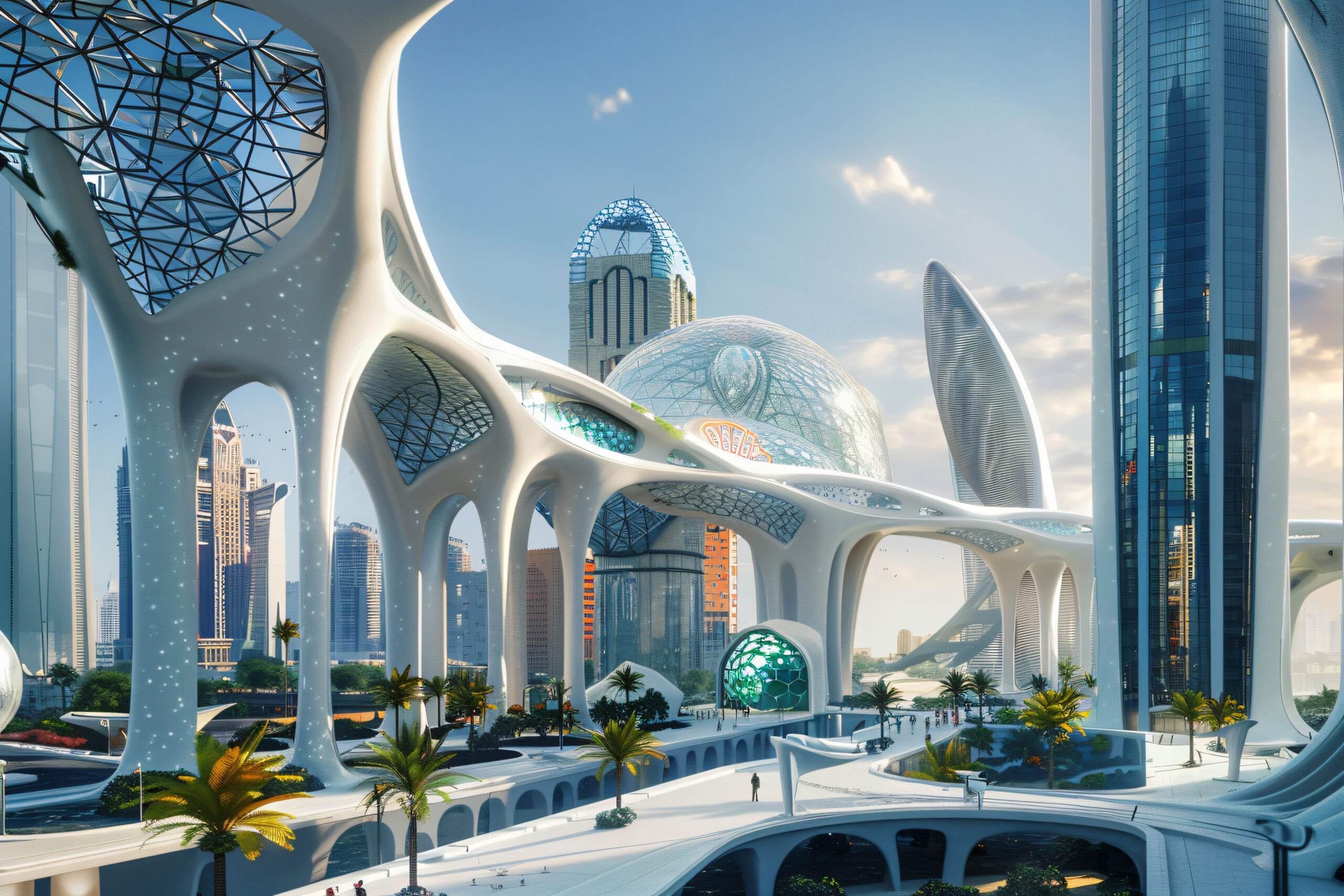Art Museums Are Evolving: Engaging the Next Generation Through Innovation

Art museums are transforming their approach to engage younger audiences by integrating technology, interactive experiences, and inclusive programs. These efforts aim to make art more accessible, relevant, and engaging for the digital-native generation.
How Art Museums Are Evolving to Attract a New Generation
Art museums, once considered spaces for quiet contemplation and traditional exhibits, are now undergoing a transformation to attract younger, more diverse audiences. With the rise of digital culture and shifting visitor expectations, museums are reimagining their spaces, adopting innovative strategies, and embracing new technologies to stay relevant.
The Rise of Technology in Museums
Museums are incorporating cutting-edge technology to create immersive and interactive experiences. Virtual Reality (VR) and Augmented Reality (AR) are being used to bring exhibits to life, allowing visitors to engage with art in new and exciting ways. Interactive displays, digital storytelling, and AI-driven guides help enhance the learning experience, making art more dynamic and engaging.
Many institutions now offer virtual tours, giving audiences worldwide the opportunity to explore collections from the comfort of their homes. This digital expansion ensures that art remains accessible to those who may not have the means or opportunity to visit in person.
Interactive and Gamified Experiences
Younger audiences, particularly Gen Z, prefer hands-on experiences rather than passive observation. Museums are responding by introducing gamification elements, such as scavenger hunts, AR-based challenges, and interactive exhibits where visitors can contribute to the artwork. These features encourage active participation and make the museum experience more engaging.
Workshops, live demonstrations, and collaborative art projects also play a crucial role in attracting visitors. These initiatives not only provide an educational aspect but also create a sense of community and connection with the artwork.
Inclusive and Diverse Programming
To remain relevant, museums are broadening their programming to include a wider range of voices and perspectives. Exhibitions now feature contemporary themes that resonate with younger audiences, such as social justice, climate change, and cultural identity. By showcasing works from diverse artists, museums foster a more inclusive environment and ensure that visitors see themselves represented in the art.
Additionally, outreach programs and collaborations with local communities help make museums more accessible to people from different backgrounds. Special events, such as student nights, pop-up exhibits, and artist talks, further encourage engagement and attract new visitors.
Making Museums More Accessible
Accessibility is a key factor in ensuring that museums remain relevant and inviting to a diverse audience. Traditionally seen as elite spaces, museums are now working to break down barriers—financial, physical, and cultural—to make art more inclusive for people of all backgrounds. By adopting innovative strategies, museums are transforming into welcoming spaces where everyone can engage with art in meaningful ways.
Financial Accessibility
One of the biggest barriers for young audiences is the cost of admission. To address this, many museums now offer free or discounted entry for students, young professionals, and marginalized communities. Some institutions, such as the Whitney Museum in New York, provide completely free access to visitors under a certain age. Others introduce “pay-what-you-wish” days, free admission Sundays, or annual membership programs with affordable pricing for young art enthusiasts.
Apart from free entry, museums are also finding ways to make additional experiences—such as guided tours, workshops, and special exhibitions—more affordable. Sponsorships, grants, and donations from patrons help museums sustain these programs without compromising on quality. By reducing financial constraints, museums encourage more people, especially younger generations, to engage with art without hesitation.
Flexible Hours and Digital Access
Traditional museum hours may not always align with the schedules of students or working professionals. Recognizing this, museums are now offering extended hours, late-night events, and weekend programs to accommodate different lifestyles. These flexible options allow more people to visit at their convenience, making the museum experience more accessible.
In addition to physical accessibility, museums are also expanding their digital presence. Virtual tours, high-resolution online collections, and interactive websites allow global audiences to experience exhibits from anywhere in the world. Digital platforms, such as Google Arts & Culture, collaborate with museums to provide virtual access to some of the world’s most renowned artworks. These efforts help bridge the gap for individuals who may not have the means to visit museums in person.
Physical and Sensory Accessibility
Museums are also focusing on making their spaces more inclusive for people with disabilities. Wheelchair-accessible entrances, ramps, and elevators are now standard in most major museums. Many institutions also provide braille guides, sign language interpreters, and audio descriptions for visually or hearing-impaired visitors.
For individuals with sensory sensitivities, some museums offer “quiet hours” with reduced noise levels, dimmed lighting, and designated spaces for relaxation. Interactive exhibits tailored for neurodivergent individuals, such as those with autism, help create a more comfortable and engaging experience for all visitors.
Community Engagement and Inclusive Programming
Beyond physical and financial accessibility, museums are working to engage with underrepresented communities. Programs designed for refugees, minority groups, and marginalized artists ensure that diverse voices are represented in exhibitions. Some museums even hire local community members as guides, making the experience more relatable and culturally inclusive.
Additionally, museum outreach programs bring art directly to schools, public spaces, and underserved neighborhoods. Pop-up exhibitions, mobile art units, and collaborative projects help bridge the gap between museums and communities that may not traditionally engage with them. By creating partnerships with schools and local organizations, museums encourage lifelong interest in the arts.
Art museums are no longer just quiet halls filled with paintings; they have transformed into dynamic, interactive spaces that engage younger audiences in meaningful ways. By incorporating technology like VR, AR, and digital storytelling, museums are creating immersive experiences that align with the preferences of today’s digital-native generation. These advancements not only make art more engaging but also break geographical and financial barriers, ensuring accessibility to a global audience.
Beyond technology, museums are embracing inclusivity by curating exhibitions that reflect diverse voices, contemporary issues, and cultural identities. Interactive and gamified experiences encourage participation, while outreach programs foster a sense of belonging. Financial accessibility initiatives, such as free admission days and student discounts, further remove barriers and invite broader participation.
The ongoing evolution of museums highlights their commitment to remaining relevant in a rapidly changing world. By blending tradition with innovation, they continue to serve as vital cultural institutions that educate, inspire, and connect people across generations. As museums adapt to the needs of younger audiences, they ensure that art remains a powerful force in shaping society’s collective imagination and understanding of the world.







